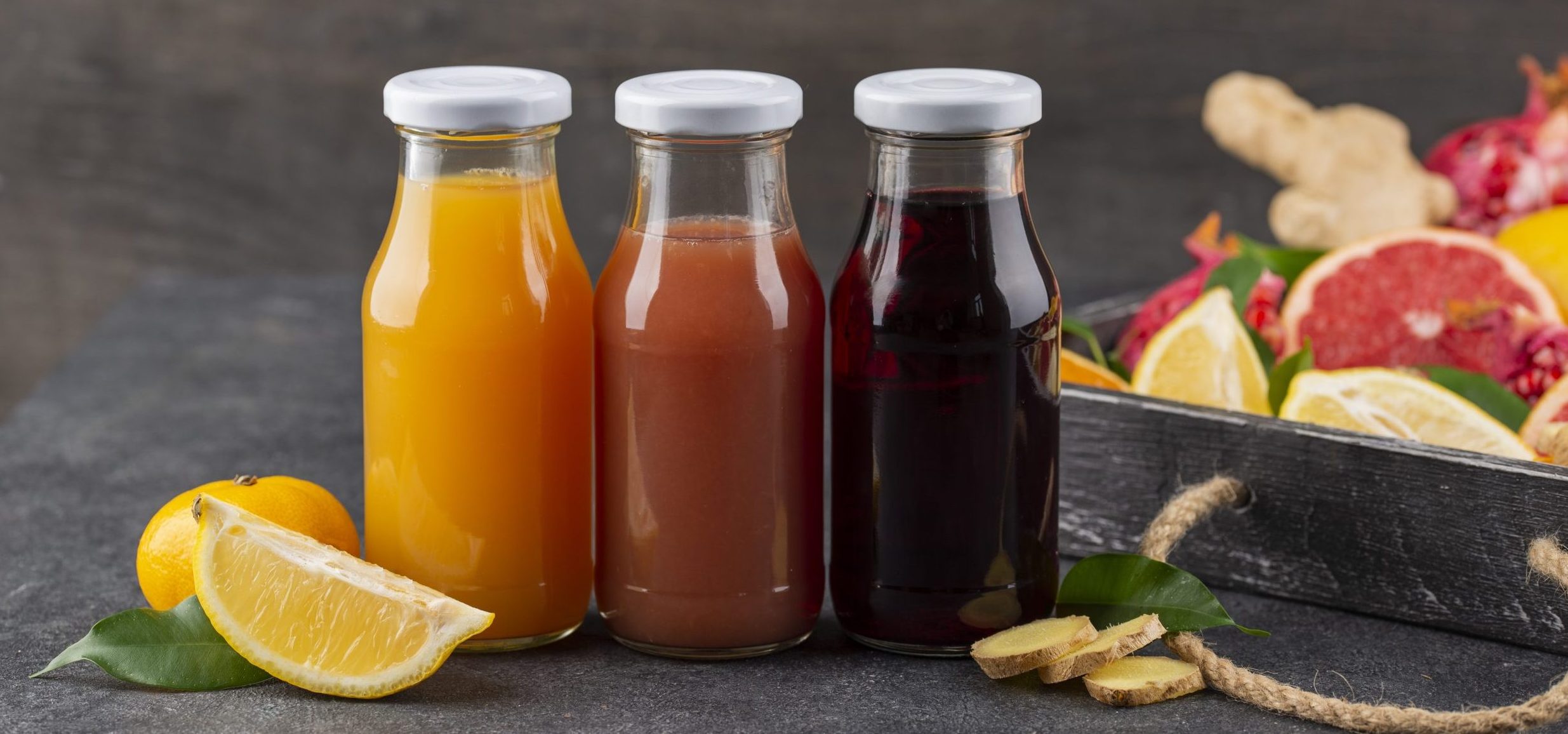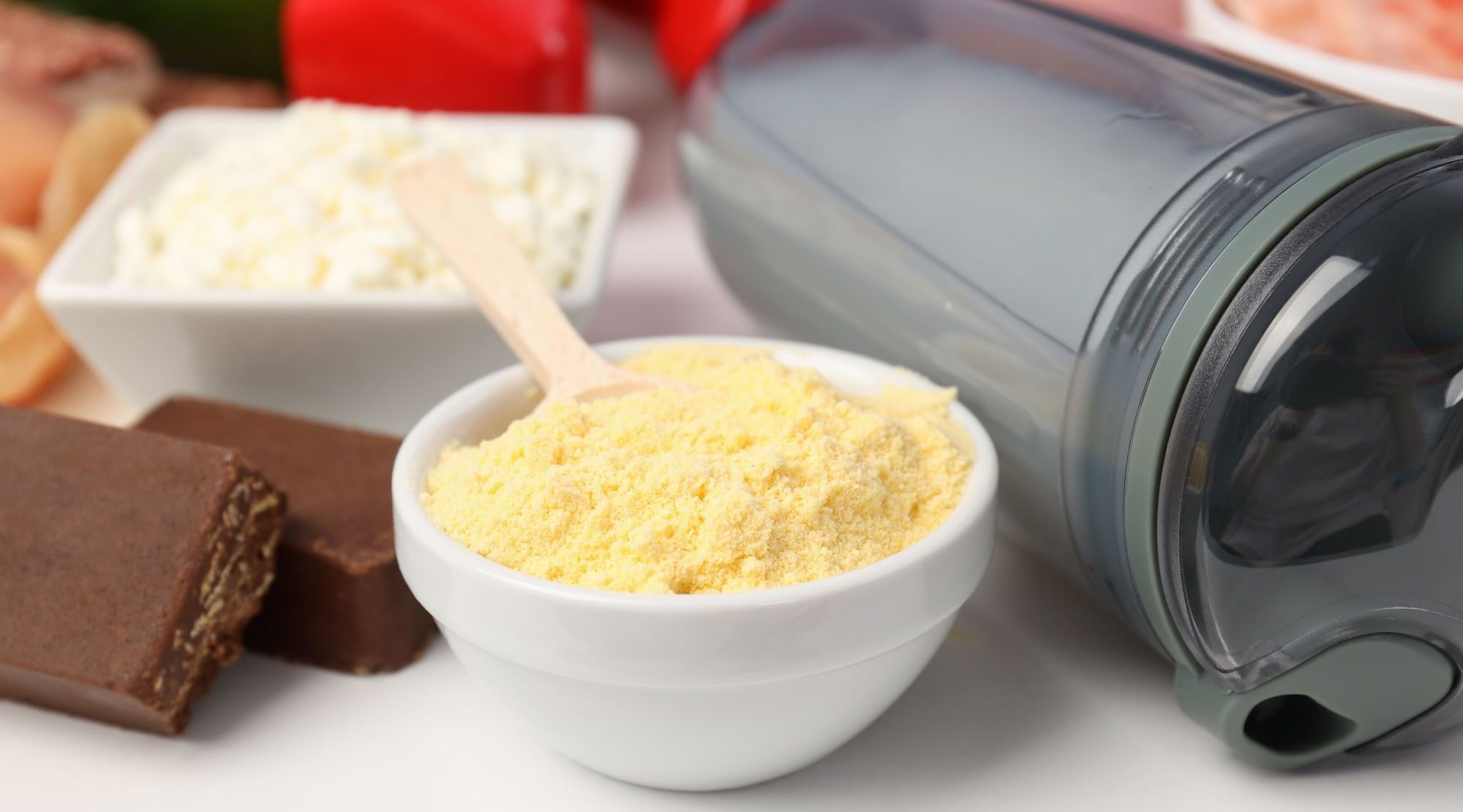Demands for Food and Drinks with Mood-Supporting Properties
In today’s world, consumers are constantly on the lookout for products that can aid in improving their health and well-being. These trends are constantly evolving, with the ingredients and claims made by the products being the driving force behind these changes. Mental health continues to be a major concern, as individuals are becoming more aware of their emotional well-being in our fast-paced society. As a result, many consumers are searching for ways to support and enhance their mental health10.
The latest category of herbs and supplements that have stress-relief seekers flocking to supplement aisles is a group of supplements marketed as “nootropics.” Unlike adaptogens, which help the body adapt to various situations, nootropics can help “bend or turn” the mind. The term “nootropic” was coined in the 1960s by a Romanian chemist named Corneliu Giurgea, derived from the Greek words “noos” meaning “mind,” and “tropein” meaning “bend or turn”12.

Source: NNB 5-country survey 2022
What are Adaptogens?
Adaptogens refer to plants and botanicals that can aid in managing stress by enhancing your resilience and tolerance towards stressful situations. These substances exert their effects by influencing specific organs and tissues in the body, helping to alleviate stress and fatigue while promoting the restoration of the body’s natural equilibrium, particularly during times of stress. Ginseng, for example, influences the pituitary and adrenal glands. As a result, it may help reduce problems with sleep, arthritis, energy levels, and the nervous system5.
- Understanding Adaptogen Mechanisms
An adaptogen boosts resistance to harmful physical, chemical, or biological agents and has a normalizing effect on the organism2. When you are stressed, adaptogens can influence how much cortisol is released in your body. Lower cortisol levels may indicate a lower level of physical anxiety. Because worrying will affect your nervous, endocrine, and immune systems, and it can result in physiological alterations such as an increased heart rate. Adaptogens, adaptogens aid the body’s physical response to stress13.
- Commonly used Adaptogen
Adaptogens can be derived from either natural plants or synthetically made. They contain biologically active substances, such as phytochemicals, which can be beneficial to the body13. Examples of naturally occurring plant-based adaptogens includes Holy Basil, Eleuthero (Siberian Ginseng), Ashwagandha. While examples of synthetic adaptogens include Bromantane, Levamisole, Aphobazole, and Bemethyl11. The beverage industry has also fortified adaptogen ingredients into beverages, such as coffee-based adaptogen drinks that provide an instant energy boost. Chamomile tea is another well-known example of a night-time drink, as it can act as a stress reliever, anti-aging agent, and antioxidant all in one14.
What are Nootropics?
Nootropics, also known as “smart drugs,” are a diverse group of compounds which are from plant-based or synthetic ingredients that mainly activate cognitive functions such as memory and learning8. In some ways, they interact with the metabolism of central nervous system neuronal cells9.
- Understanding Nootropic Mechanism
Nootropics do not work by directly releasing neurotransmitters or acting as receptor ligands, but they do improve the supply of glucose and oxygen to the brain, have anti-hypoxic effects, and safeguard brain tissue from neurotoxicity1. They also stimulate phospholipid metabolism in neurohormonal membranes and positively impact neuronal protein and nucleic acid synthesis4. Some nootropics were identified as having an anti-aggregation impact, as well as improving erythrocyte plasticity and the elimination of oxygen-free radicals3. This enhances blood rheological properties and increases blood flow to the brain. These substances are metabolically active, but most nootropics do not produce instant effects after a single dose, necessitating prolonged use to produce results. They must be able to cross the blood-brain barrier in order to enhance brain metabolism, and long-term use is required to achieve stable results3,6.
- Commonly used Nootropics
Nootropics can be synthetic and manufactured in a laboratory, or they can appear naturally from herbal plants. Some of the examples of commonly used Nootropics are Ginkgo biloba, Caffeine, L-Theanine, Ashwagandha, and Lion’s mane mushroom. In the beverage industry, nootropic ingredients such as artichoke extract, grape seed extract, ginseng, kava-kava, lemon balm, Rhodiola rosea, St. John’s Wort, yerba mate, caffeine, and green tea are fortified into drinks. At DPO International, we offer a diverse selection of ingredients with mood-supporting properties that can help you create a winning product.
References
1A, M., & P, S. (2012). Screening Of Nootropics: An Overview on Preclinical Evaluation Techniques. International Journal of Pharmacy, 2(1), 158–180. https://researchmgt.monash.edu/ws/portalfiles/portal/246377938/246377669_oa.pdf
2Baliga, M. S., Meera, S., Shivashankara, A. R., Palatty, P. L., & Haniadka, R. (2015). The Health Benefits of Indian Traditional Ayurvedic Rasayana (Anti-aging) Drugs. Elsevier EBooks, 151–161. https://doi.org/10.1016/b978-0-12-418680-4.00016-6
3Cd, N. (1990). Pharmacology of nootropics and metabolically active compounds in relation to their use in dementia. Psychopharmacology, 101(2), 147–159. https://doi.org/10.1007/bf02244119
4Chekman, I. (2014). Nootropics in Complex Therapy of Chronic Cerebral Ischemia. Science and Innovation, 10(4), 56–68. https://doi.org/10.15407/scine10.04.056
5Chesak, J. (2019). The No BS Guide to Adaptogens for Hormonal Balance and Stress. Healthline. https://www.healthline.com/health/stress/smart-girls-guide-to-adaptogens/what-are-adaptogens
6Dormehl, I. C., Jordaan, B., Oliver, D. L., & Croft, S. A. (1999). SPECT Monitoring of Improved Cerebral Blood Flow During Long-Term Treatment of Elderly Patients with Nootropic Drugs. Clinical Nuclear Medicine, 24(1), 29–34. https://doi.org/10.1097/00003072-199901000-00007
7Key Trend 8: Mood & Mind. (2022). In 10 Key Trends in Food, Nutrition & Health 2023. New Nutrition Business.
8Malik, R., Sangwan, A., Saihgal, R., Jindal, D. P., & Piplani, P. (2007). Towards Better Brain Management: Nootropics. Current Medicinal Chemistry, 14(2), 123–131. https://doi.org/10.2174/092986707779313408
9Malík, M., & Tlustoš, P. (2022). Nootropics as Cognitive Enhancers: Types, Dosage and Side Effects of Smart Drugs. Nutrients, 14(16), 3367. https://doi.org/10.3390/nu14163367
10Mellentin, J. (2022). 10 Key Trends in Food, Nutrition & Health 2023 (2nd ed., Vol. 28). New Nutrition Business.
11Todorova, V., Ivanov, K., Delattre, C., Nalbantova, V., Karcheva-Bahchevanska, D., & Ivanova, S. (2021). Plant Adaptogens—History and Future Perspectives. Nutrients, 13(8), 2861. https://doi.org/10.3390/nu13082861
12Traas, C. (2021). Adaptogens and Nootropics: What’s The Difference? New Chapter. https://www.newchapter.com/wellness-blog/nutrition/adaptogens-vs-nootropics/
13What Are Adaptogens and Are They Healthy? (2023). Cleveland Clinic. https://health.clevelandclinic.org/what-are-adaptogens-and-what-do-they-do/
14Why Adaptogen Drink Is Now a Trend. (n.d.). Rootastes – Make Corporate Lunch Healthier. https://www.therootastes.com/blogs/food-trends/3-reasons-why-adaptogen-drink-is-now-a-trend






